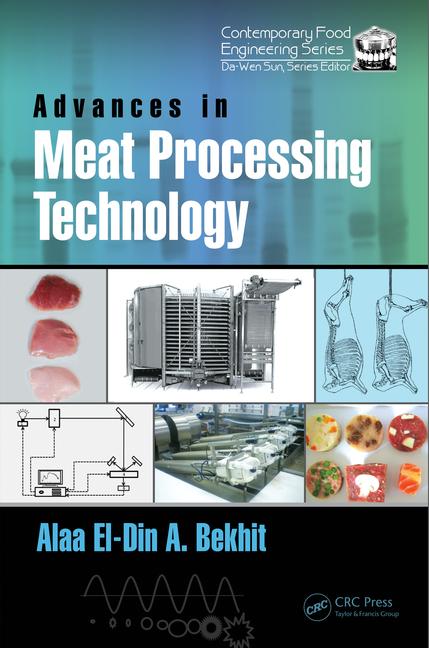New X-ray inspection technology targets tiny fish bones
The latest generation of X-ray inspection technology is proving a game changer.

Image by Николай Начев from Pixabay
Fish bones are one of the most common foreign body ingestions encountered in hospital emergency departments. Often long, thin and sharp, they can pose a serious health risk if they get stuck in the throat.
Yet fish is an important part of a healthy diet — a lean source of protein, as well as a rich source of vitamins, minerals and fatty acids. And major improvements in processing, refrigeration, ice making and transportation mean we can all enjoy a greater variety of fish products than ever before.
With the global market for seafood predicted to reach $134 billion by 2026, the pressure is on to produce fish products that are free of bones. And that is where technology comes to the rescue.
Automatic deboners swiftly and efficiently take care of most of the problem for processors — but even the very best machines inevitably let the odd bone through. Often the deboner lifts the bone and removes a section of it, leaving a smaller section behind — making it even more challenging to detect. But the latest generation of X-ray inspection technology is proving a game changer.
When low-energy X-rays are passed through a product, different elements absorb different amounts of X-ray — so, in the resulting images, metal, glass and bone appear darker than the surrounding fish. However, because fish bones are very thin and low density, with low mineral content, they are difficult to detect and likely to be missed by standard end-of-line X-ray inspection equipment that uses a 0.4 mm or 0.8 mm resolution sensor to detect contaminants.
To detect tiny pin bones and other sub-mm diameter bones requires a 0.05 mm (50 micron) resolution area sensor more typically seen in the medical or electronics industries. This unparalleled level of resolution, combined with low-energy X-ray generators, gives rise to images which can reliably show even the smallest of bones in fish.
Once a high-quality image of the fish — and potentially the bone — has been created, it is processed via automatic inspection software requiring no human interaction. At its most simple level, this involves looking for features which follow a straight or slightly curved line. However, the separation of muscle fibers in fish means there are long straight features present naturally. The software must therefore be able to differentiate between the dark features which are caused by bone and the lighter features caused by the natural texture. This process is made more difficult if the fish has been frozen and then defrosted — or has been excessively processed — as this can cause separation of the muscle, giving rise to false rejects.
Once any bones have been identified, manufacturers have a choice — the production line can be programmed to reject any products that are shown to contain bones, or additional control procedures can be put in place. This may simply involve informing the operator that the deboning machine has fallen out of range and needs attention. Alternatively, the technology can identify which region of the fish still has bones in — and determine whether this is a high-risk area where no bones can be tolerated or a lower-risk region where the bones are likely to disappear during cooking.
In addition to being able to select a maximum bone size — most food standard agencies and retailers allow very small bones which pose little threat to health — it is also possible to count the number of bones, thereby allowing through a certain number of bones. Additionally, this information can be used to grade fish – sending truly bone-free fish along lane one, while products containing a low number of bones go to lane two, leaving fish with a large number of bones to go to lane three and be reworked.
If fish is reworked, the X-ray image can be sent to a rework station — providing operators with an image showing the location of the bone, and so speeding up the process. A return conveyor can then be used to reinspect the fish, ensuring all the bones have been removed correctly.
Metal contaminant detection has long been the primary reason for installing X-ray equipment. But the ability to detect ever-smaller bones is now playing a key role in the constant battle to improve product quality. X-ray inspection is giving suppliers a new perspective when it comes to satisfying public demand for bone-free fish.
Looking for a reprint of this article?
From high-res PDFs to custom plaques, order your copy today!









